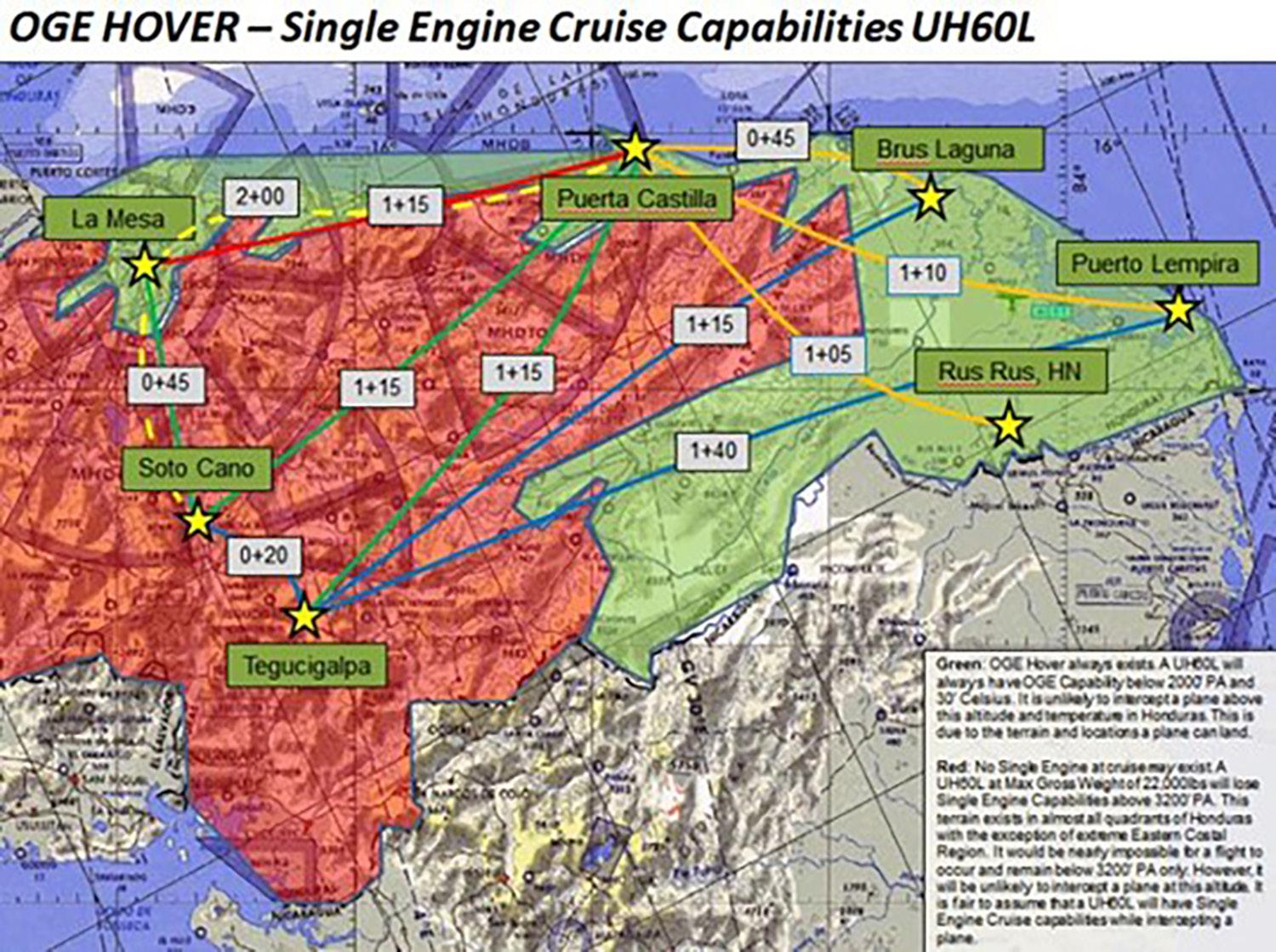Features Visiting the USS Gerald R. Ford and the C-2 to CMV-22B Transition By Dr. Robbin F. Laird
I
visited the USS Gerald R. Ford this past October and wrote a report on the carrier and its new capabilities to change its workflow. With its new workflow, not only do sortie generation rates go up, but the flexibility to deliver diverse combat packages into the extended battlespace is enhanced as well.
the HMS Illustrious was the first non-U.S. ship on which an Osprey was to land. I certainly learned first-hand that an Osprey can land on a wide range of warships, and saw in the Bold Alligator exercise that an Osprey can even land on a T-AKE ship. I remember that take-off and landing well. Frankly, I did not notice the shift from rotorcraft to airplane mode, but when we saw HMS Illustrious in the water and approached to land, the shift was very noticeable.
Then in November, I flew to the ship with selected media to have a chance to observe the carrier doing cyclic operations. Two thirds of the air wing was onboard for the training. We flew to and from the carrier in the C-2 and experienced the advanced arresting gear on landing and the electronic magnetic launch system on take-off. Compared to the Nimitz Class, the lift from the carrier and the impact was very different, quicker and smoother with EMALs.
It is clear that a C-2 is not an Osprey. Whatever platform to platform comparison one might wish to make, there is one strategic impact which the CMV-22B and its MV-22 brethren brings to the fleet which a C-2 cannot. It is the ability to crossdeck supply and to provide for capabilities to move high value cargo around the distributed fleet, seen as pieces on the blue water expeditionary chessboard.
But with the Ford and its forward located island, there is significant deck space now available on the carrier deck where additional air combat assets can park, be resupplied and go. Thinking about the CMV-22B, one can easily see it fitting into the ops cycle of the deck differently and being moved rapidly to a point to disembark cargo or personnel and to get refueled near the island, or perhaps in the unique in-deck refueling stations. And the CMV-22B will be able to launch rapidly from the deck, not having to rely on the normal carrier launch cycle. It will be able to land at night, keeping the combat supply rhythm on pace with the capabilities of the new carrier.
Recently, the CNO has underscored the crucial importance of logistics support for a distributed Fleet. This is how the CNO put it: “Our logistics enterprise and strategic sealift capacity are vital to a dynamic Joint Force operating forward in support of national interests.� Recently, I visited the Military Sealift Command where clearly, they are addressing the challenges raised by the CNO. Notably, the head of MSC is a former carrier Admiral, which suggests how the Navy is focusing on the importance of MSC for the operational viability of the Fleet.
My first landing at sea in an Osprey was in 2007, when we flew to the British warship, the HMS Illustrious. In 2007, Rotor Review #151 Winter '21
48















